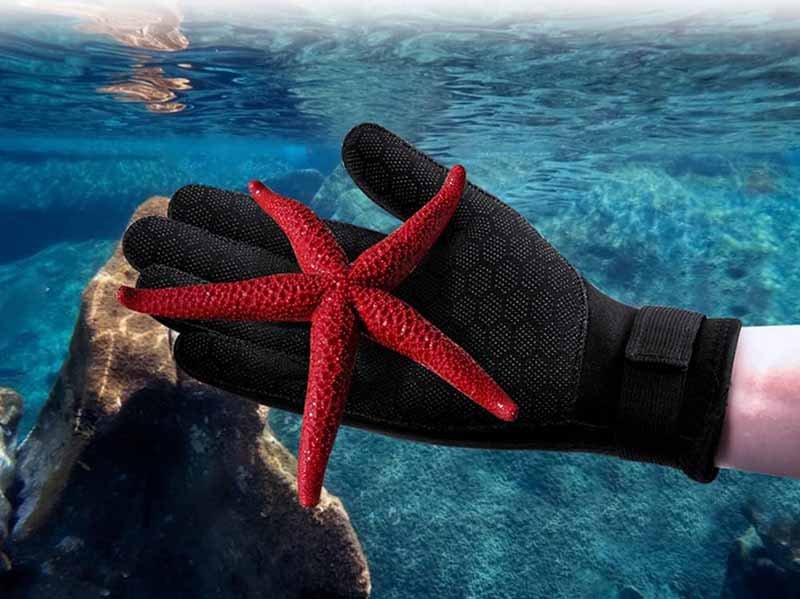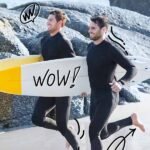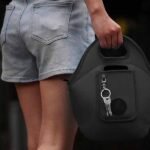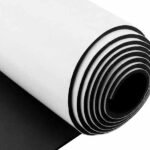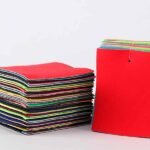Whether you’re carving razor‑sharp turns on reef breaks or battling icy currents in temperate waters, the right pair of surfing gloves can make all the difference between a great session and a painful one. Gloves protect your hands from cold, sunburn, and reef cuts, but not all gloves deliver equally on grip, flexibility, or longevity. With everyone from weekend surfers to professional instructors searching “best surfing gloves” online, it’s clear that high‑performance neoprene solutions—and the custom options behind them—are in hot demand.
The best surfing gloves use high‑grade neoprene (2–5 mm) with durable seam‑construction and textured palms to balance warmth, flexibility, and grip. Customizable thickness, wrist closures, and private‑label branding elevate both performance and brand identity.
Imagine this: you’re dropping into a six‑foot wave at dawn, the water temperature hovering at 16 °C. Your gloves wrap snugly around your wrists—no water flushing in, no slippage on your board’s rails. You carve through the barrel, fingertips gripping the rail perfectly, feeling every micro‑contour of the wave. That confidence comes from choosing gloves built for your exact conditions. In the following sections, we’ll unpack what makes a glove truly surf‑ready, how to pick the perfect fit, and why customizing with Szoneier can set your brand apart.
What Are Surfing Gloves and Why Are They Essential for Water Sports?
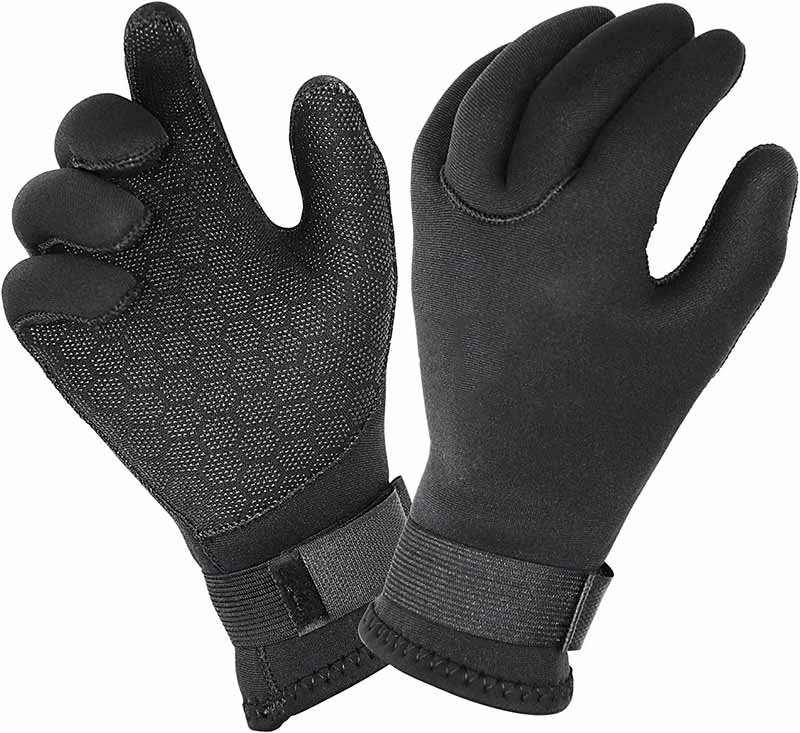
Surfing gloves are protective handwear made primarily of neoprene, designed to insulate against cold water, shield from abrasion, and enhance board grip. They’re essential for maintaining dexterity and comfort in a variety of surf conditions—from tropical reefs to cold‑water breaks.
Surfing gloves have evolved from basic wind‑blockers into specialized gear tailored for performance and protection. At their core, these gloves are constructed from neoprene—a closed‑cell foam that traps a thin layer of water warmed by your body heat. Yet not all neoprene is created equal. Glove performance hinges on factors like:
Thickness:
- 2 mm Gloves: Offer minimal insulation but maximum flexibility—ideal for warm‑water locales (≥ 22 °C).
- 3–4 mm Gloves: Strike a balance between warmth and mobility, suited for temperate waters (15–22 °C).
- 5 mm+ Gloves: Prioritize insulation in cold climates (< 15 °C) but can impede fine board‑feel.
Seam Construction:
- Flatlock Seams: Durable and cost‑effective but allow some water flushing—best for warmer conditions.
- Glued & Blind‑stitched Seams: Minimal water ingress and superior warmth—recommended for cold‑water surfers.
- Sealed or Taped Seams: Add an extra barrier against flushing, though they may reduce flexibility.
Palm Grip Patterns:
- Silicone Prints: Enhance paddle power and board control but can wear over time.
- Texture‑Molded Neoprene: Offers more resilient grip with less material breakdown.
- Rubberized Overlays: Provide rugged traction, favored by wave‑pool surfers and reef‑break riders.
Additional Features:
- Wrist Closures (Velcro Straps): Prevent water entry and secure fit—essential in large surf or wind‑blown conditions.
- Pre‑curved Fingers: Reduce material bunching, improving comfort and reducing fatigue.
- Reinforced Thumb Panels: Protect against wear when grabbing rails.
While off‑the‑shelf gloves meet basic needs, many surfers find that minor fit and finish issues—loose fingers, wrist flushing, or rapid grip wear—hamper performance. This has driven demand for custom solutions: gloves cut to exact hand contours, seam types matched to local water temperatures, and private‑label options that let surf schools or retailers differentiate their offerings.
Which Neoprene Thickness and Material Blends Deliver Optimal Warmth and Flexibility?
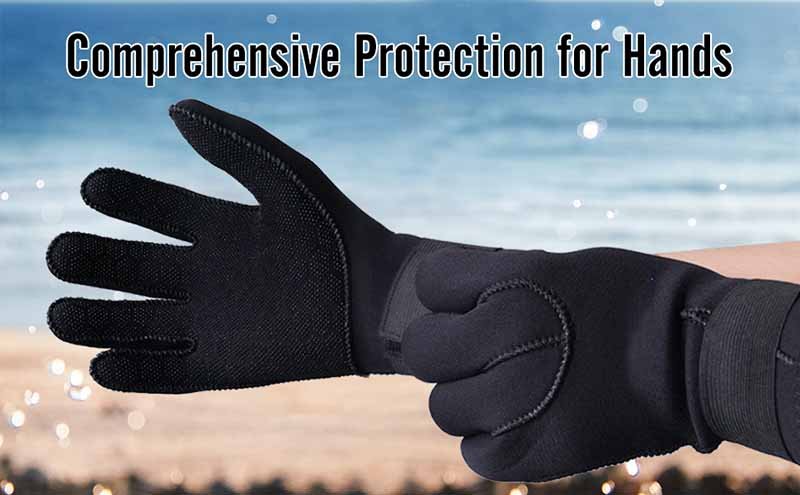
Optimal glove warmth and flexibility depend on neoprene thickness (2–5 mm) and quality (blind‑stitched, tape‑sealed). Blends incorporating super‑stretch or limestone neoprene enhance comfort and reduce weight, ideal for high‑performance surfing in varied climates.
Neoprene technology underpins glove performance. Quality neoprene is measured not just by thickness, but by core type:
Chloroprene vs. Limestone Neoprene:
- Chloroprene (Standard): Durable and cost‑effective, but heavier and slightly less flexible.
- Limestone (Premium): Lighter, more eco‑friendly, and offers superior stretch and warmth per millimeter.
Stretch Ratings:
- Standard Stretch (300 %): Common in economy gloves—adequate for casual surfers.
- Super Stretch (500 %+): Found in high‑end gloves—minimizes resistance during paddle strokes and maneuvers.
Thickness Gradients:
- Variable Thickness Designs: 5 mm palm tapering to 3 mm fingers—combines core warmth with finger dexterity.
- Multi‑Panel Cuts: Ergonomic panels aligned with hand anatomy reduce stress points and improve sealing.
Hybrid Material Blends:
- Nylon‑Lined Neoprene: Enhances durability and comfort, wicks moisture away from skin.
- Cashmere or Microfleece Linings: Add luxury and rapid warm‑up, favored in premium cold‑water models.
| Glove Model | Neoprene Type | Thickness (Palm/Fingers) | Stretch Rating | Lining Type | Price (USD) |
|---|---|---|---|---|---|
| EcoSurf Pro 3/2 mm | Limestone | 3 / 2 | 500 % | Nylon | $45 |
| WaveGuard 5 mm | Chloroprene | 5 / 4 | 350 % | Fleece | $60 |
| Szoneier Custom 4/3 mm | Limestone Super | 4 / 3 | 550 % | Microfleece | $55 |
While thicker gloves retain heat, they also limit board‑feel and increase drag. Variable‑thickness gloves or hybrid blends can deliver warmth where it’s needed most, without sacrificing flexibility in the fingers and palms. For brands, offering these nuanced options—tailored to specific surf locales—can set products apart in a crowded market.
How Do You Choose the Right Size, Fit, and Grip Pattern for Different Riders?
Selecting the proper glove size involves measuring hand circumference and finger length, plus considering panel cuts (pre‑curved vs. flat). Grip pattern choices—silicone, texture‑molded, or rubber overlays—depend on the surfer’s paddling style and board type.
Sizing & Fit:
- Hand Measurements: Measure around the palm at the widest point (excluding thumb) and from wrist base to fingertip.
- Panel Construction:
- Pre‑curved Pattern: Matches natural finger curvature, minimizing stress.
- Flat Pattern: Simpler and more cost‑effective but may bunch in key areas.
Grip Pattern Selection:
- Silicone Prints: Offer tacky feel—great for long paddles but prone to wear.
- Texture‑Molded Neoprene: Durable and maintains grip over time—ideal for reef‑break surfers in abrasive environments.
- Rubber Overlays: Provide maximum traction for body‑boarders and heavy‑rail surfboards.
Case Study:
A U.K. surf school standardized on 4 mm gloves with silicone‑print palms. After 12 months, grip wear increased by 30 % on reef days, prompting shift to texture‑molded neoprene—resulting in 50 % longer glove life and 20 % fewer client complaints about slippage.
What Construction Features—Seam Types, Wrist Closures, and Linings—Ensure Durability?
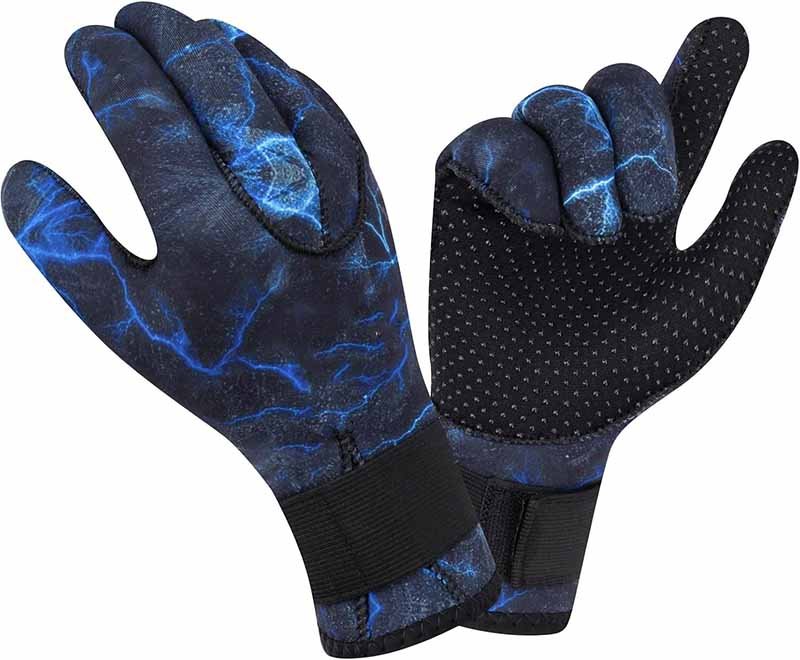
Durable gloves feature glued & blind‑stitched or taped seams, adjustable wrist closures (Velcro), and reinforced thumb panels. Quality linings like nylon or microfleece enhance comfort and longevity.
Seam Types:
- Flatlock: Two‑needle stitch—strong but allows slight water ingress. Best for warm water.
- Glued & Blind‑stitched: Glued layers with hidden stitching—minimal flushing and maximum warmth.
- Taped Seams: Over‑taping fully seals seams—used in premium cold‑water gloves.
Wrist Closures:
- Velcro Straps: Easy adjustability, secures snugly to prevent flushing.
- Hook‑and‑Loop Designs: Durable under UV and sand exposure.
Reinforcements:
- Thumb Panels: Synthetic overlays to reduce abrasion while grabbing rails.
- Palm Patches: Extra layers in high‑wear zones extend glove life.
Linings:
- Nylon: Quick drying, slides on easily.
- Microfleece: Traps more warmth but can dry slower.
- Cashmere: Luxury feel, best for niche cold‑water models.
How Do You Test Surfing Gloves for Performance in Various Water Temperatures?
Testing protocols include lab heat‑loss measurements at set temperatures, field trials by surfers in defined sea conditions, and wear trials over 50+ sessions. Key metrics: waterproofing, warmth retention (°C drop), and grip durability (pad life cycles).
Lab Testing:
- Thermal Manikin Tests: Measure heat loss at 10 °C, 15 °C, and 20 °C water baths.
- Flex Fatigue Cycles: Simulate 10,000 flexes to assess seam integrity and material breakdown.
Field Trials:
- Surfer Panels: 20 surfers wear test gloves in real conditions, logging comfort, grip, and water ingress.
- Session Logs: Record temperature, wave height, and fatigue ratings after each 2‑hour session.
Wear Trials:
- Abrasion Testing: ISO 12947 Martindale test for up to 500 cycles.
- Grip Wear Life: Count paddle‑stroke cycles until grip prints degrade by 50 %.
Are Custom and Private‑Label Surfing Gloves a Smart Investment for Your Brand?
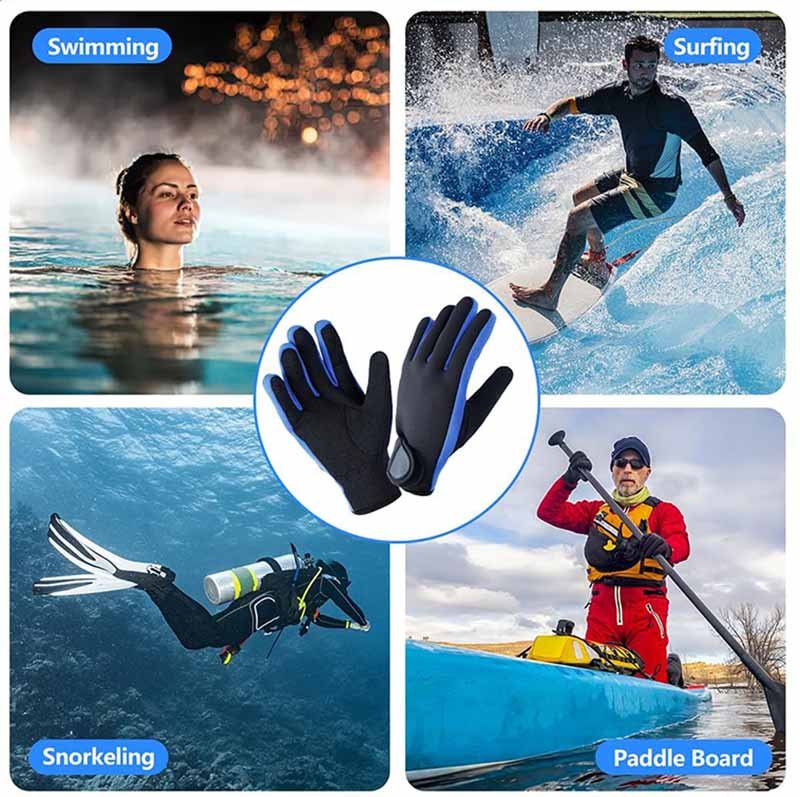
Custom gloves with unique patterns, logo placements, and tailored fits strengthen brand identity and allow premium pricing. With low MOQs (200 pairs) and rapid sampling (7 days), private‑label gloves increase retail margins by 20–30 %.
Branding Benefits:
- Visibility: Logos on gloves seen on every surf session.
- Differentiation: Exclusive patterns and colors stand out in rental fleets or retail racks.
Cost & MOQ Analysis:
| Option | Unit Price (USD) | MOQ | Lead Time |
|---|---|---|---|
| Standard Off‑the‑Shelf | $25 | 1 | 1 day |
| Custom Szoneier Model | $35 | 200 | 7 days |
| Premium Cold‑Water | $45 | 200 | 10 days |
ROI Calculation:
A surf school ordering 300 custom gloves at $35 yields $10,500 revenue. At a $10 upsell vs. generic, they recoup custom investment after 105 rentals.
How Can You Source Low‑MOQ, Rapid‑Sample Custom Neoprene Gloves from Szoneier?
Szoneier offers low‑MOQ custom neoprene gloves starting at 200 pairs, with design support, rapid sampling in 7 days, and production lead times of 15–20 days. Full turnkey service includes 100% inspection and global shipping.
Workflow:
- Design Consultation: Share artwork, color specs, and performance needs.
- Rapid Sampling (7 days): Physical sample for fit, feel, and branding approval.
- Production (15–20 days): Full run with 100% quality checks, blind‑stitched seams, and packaging.
- Logistics: Options for FOB Shanghai or CIF to major surf markets.
Quality Assurance:
- Tensile tests on seams.
- Thermal testing per ISO 14243.
- Visual inspection for branding accuracy.
Conclusion
Choosing the best surfing gloves means balancing warmth, flexibility, durability, and brand identity. From 2 mm reef‑gloves to 5 mm cold‑water models, understanding neoprene types, seam construction, and fit ensures optimal performance. And by partnering with Szoneier—18 years of neoprene R&D and manufacturing expertise—you can offer custom, private‑label gloves with low MOQs, rapid sampling, and global delivery.

